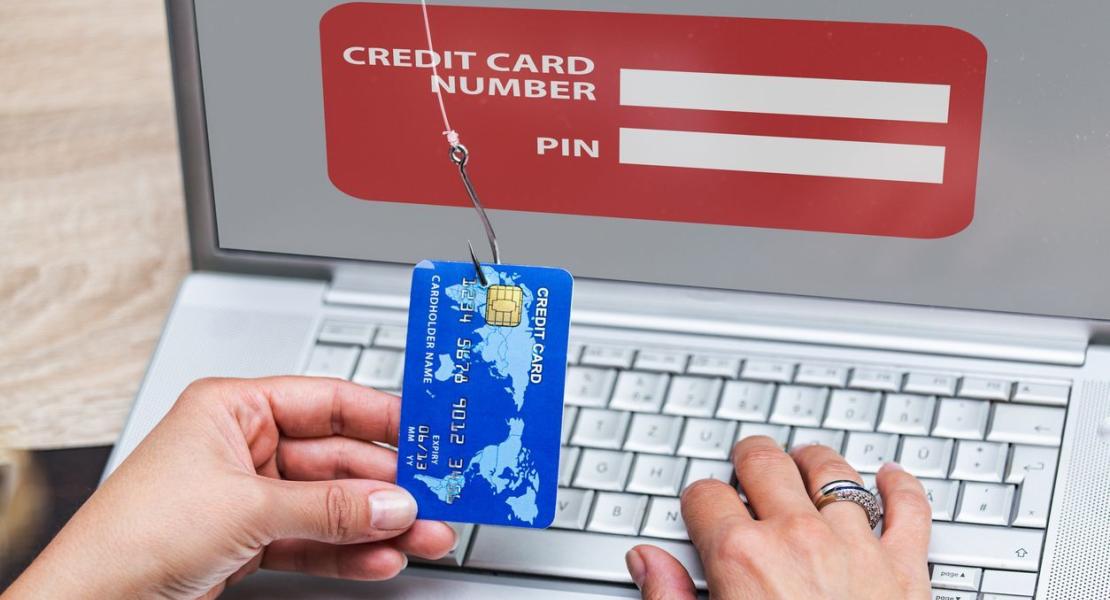Phishing 101
You get an email that looks like it’s from your bank. It says there’s a problem with your account and asks you to click a link to fix it. The logo looks real. The message sounds urgent. But something feels off.
This is a classic example of phishing — a type of scam where cybercriminals try to trick you into giving away personal information like passwords, credit card numbers, or banking details.
Let’s break down what phishing is, how to spot it, and what you can do to protect yourself.
What Is Phishing?
Phishing is a form of online fraud where scammers pretend to be someone you trust. They might pose as a bank, government agency, delivery service, or even a coworker. Their goal is to get you to click a link, open an attachment, or share sensitive information.
Phishing can happen through:
- Text messages (also called “smishing”)
- Phone calls (“vishing”)
- Social media messages
- Fake websites
These scams are becoming more sophisticated, and even cautious users can be fooled.
How to Spot a Phishing Attempt
- It creates a sense of urgency: Messages that say “Your account will be locked” or “You must act now” are designed to make you panic and click without thinking.
- It asks for personal information: Legitimate companies will never ask for your password, SIN, or banking details by email or text.
- The sender’s address looks suspicious: Check the email address carefully. It might seem real but has extra characters or misspellings.
- There are spelling or grammar mistakes: Professional organizations usually proofread their messages. Errors can be a red flag.
- The link doesn’t match the message: Hover over links before clicking. If the URL looks strange or doesn’t match the company’s official website, don’t click it.
What to Do if You Receive a Suspicious Message
- Don’t click any links or download attachments
- Don’t reply to the message
- Report it to the Canadian Anti-Fraud Centre or your email provider
- Delete the message once you’ve reported it
- Run a scan with your antivirus software if you accidentally clicked something
How to Stay Protected
- Use strong, unique passwords for each account
- Enable two-factor authentication wherever possible
- Keep your software and devices updated
- Use antivirus software with real-time protection
- Be cautious when sharing personal information online
Final Thoughts
Phishing scams can happen to anyone. Whether you’re checking your inbox in Charlottetown, getting a text in Alberton, or browsing from your home in Murray River, staying alert is your best defense.
For more tips and tools to stay safe online, visit:
- Get Cyber Safe – Canada’s official cybersecurity awareness campaign.
- BC Cyber Security Awareness – Government of British Columbia’s cybersecurity initiatives.
- Ontario Cyber Security – Learn about cybersecurity in Ontario and how to stay safe online.
- Cyber Security Ontario – A dedicated hub for cybersecurity best practices and training.
- Alberta Digital Literacy – Resources to enhance digital literacy skills in Alberta.

